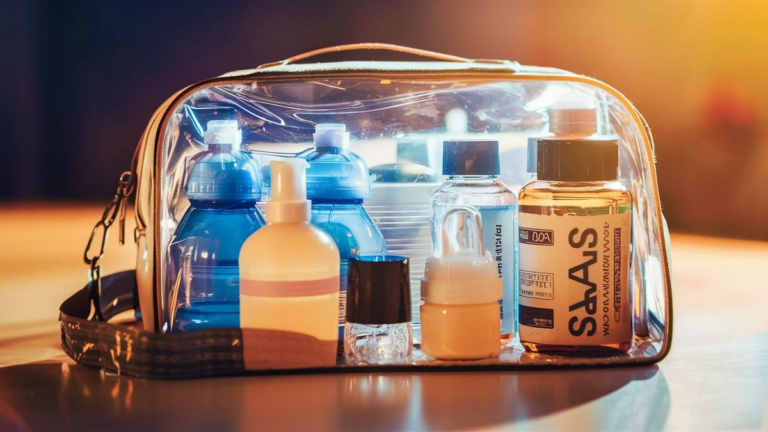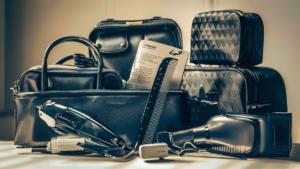Traveling by air is a common mode of transportation for millions of people around the world. However, navigating the rules and regulations regarding what items are allowed on a plane can be confusing, especially when it comes to liquids. Understanding the limitations on the amount of liquid you can bring on a plane is essential to ensure a smooth and hassle-free travel experience.
Understanding TSA Guidelines
The Transportation Security Administration (TSA) is responsible for enforcing security measures at airports in the United States. When it comes to liquids, the TSA has specific guidelines that passengers must follow.
Liquid Volume Restrictions
According to TSA regulations, passengers are allowed to bring liquids in containers that are 3.4 ounces (100 milliliters) or less per item. These containers must be placed in a single, clear, quart-sized plastic bag, with each passenger limited to one bag. This rule applies to both carry-on and checked luggage.
Exceptions to the Rule
While the 3.4-ounce rule is the standard, there are some exceptions for certain liquids, such as medications, baby formula, breast milk, and liquids needed for medical purposes. These items are allowed in quantities greater than 3.4 ounces, but they must be declared to TSA officers at the security checkpoint for inspection.
Packing Tips
To ensure compliance with TSA regulations and expedite the security screening process, here are some packing tips to keep in mind:
- Transfer larger quantities of liquids, such as shampoo or lotion, into smaller travel-sized containers.
- Invest in leak-proof travel bottles to prevent spills and leaks in your luggage.
- Place your quart-sized plastic bag containing liquids in an easily accessible location within your carry-on luggage for quick removal during security screening.
- Remember to remove the quart-sized bag from your carry-on and place it in a separate bin during the screening process.
Additional Considerations
It’s essential to note that TSA regulations may vary from country to country, so if you’re traveling internationally, be sure to familiarize yourself with the rules of the country you’re visiting. Additionally, airlines may have their own restrictions or guidelines regarding liquids, so it’s always a good idea to check with your airline before packing.
By understanding and adhering to TSA guidelines regarding the amount of liquid allowed on a plane, you can help ensure a smooth and stress-free travel experience for yourself and your fellow passengers.
Security Screening Process
In addition to the restrictions on liquid volume, it’s important to understand the security screening process at airports. TSA officers conduct thorough checks on all items, including liquids, to ensure the safety of passengers and aircraft.
Security Checkpoint Procedures
At the security checkpoint, passengers are required to remove their quart-sized plastic bag containing liquids from their carry-on luggage and place it in a separate bin for X-ray screening. This helps TSA officers easily identify and inspect liquids during the screening process.
Pat-Downs and Additional Screening
In some cases, passengers may be subjected to additional screening, including pat-downs or further inspection of their belongings. This can occur if there are any concerns or suspicions regarding the items being carried, including liquids that may appear suspicious on X-ray scans.
Frequently Asked Questions
| Question | Answer |
|---|---|
| Can I bring beverages through security? | Beverages are subject to the same liquid restrictions as other items. If the beverage is in a container larger than 3.4 ounces, it will not be allowed through security unless it meets specific exceptions, such as being for medical purposes. |
| Do the liquid restrictions apply to all airports? | The TSA guidelines apply to airports in the United States. However, other countries may have similar or different regulations regarding liquids. It’s essential to check the specific rules of the airports you’ll be traveling through. |
| What should I do if I have liquids exceeding the allowed limit? | If you have liquids exceeding the 3.4-ounce limit, consider transferring them into checked luggage or shipping them separately. Alternatively, for essential liquids like medications, declare them to TSA officers for inspection. |
See also:






